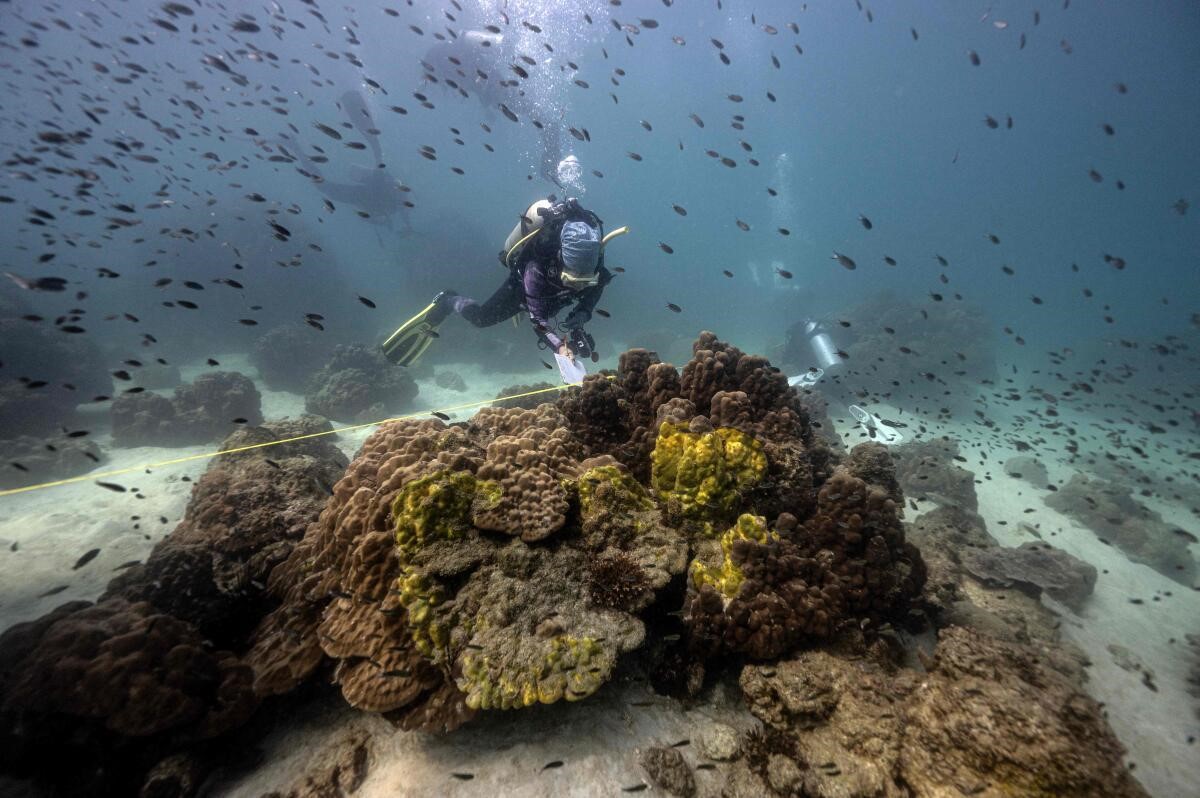Free Courses Sale ends Soon, Get It Now


Free Courses Sale ends Soon, Get It Now



Disclaimer: Copyright infringement not intended.
Context: A rapidly spreading disease, commonly known as yellow band disease, is killing coral over vast stretches of the sea floor in the beautiful Samsae San Island in eastern Thailand.
Details:
Causes:
Impact:
About disease:
Mechanism of action:
© 2024 iasgyan. All right reserved